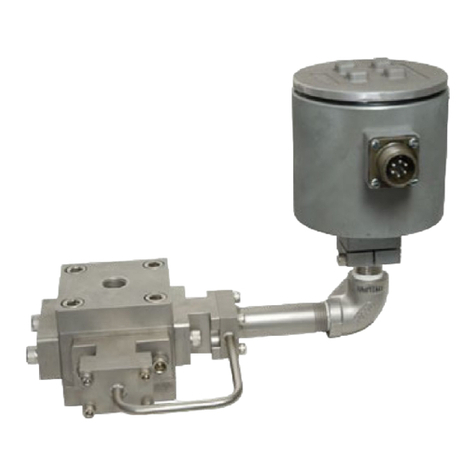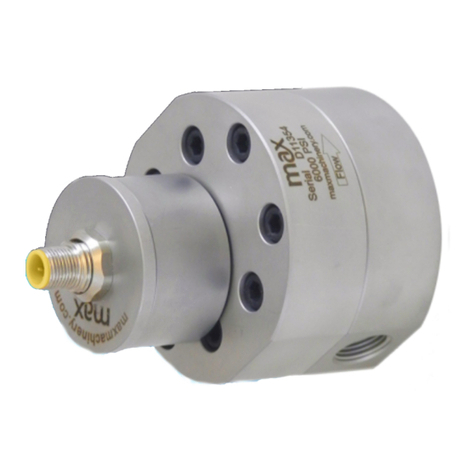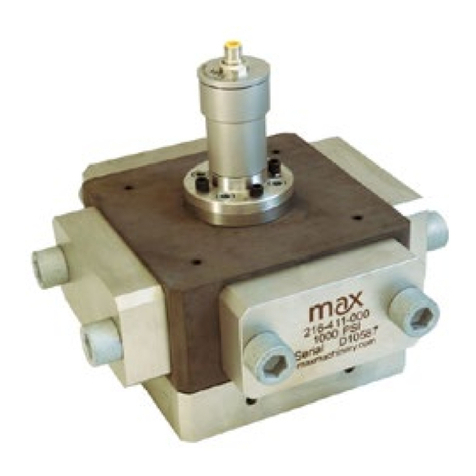
P-Series User Manual Rev2020A 6
Quick Start - No adjustments to factory settings
Your Max Flow Meter is connected to your process automation electronics via a 5-pin M12 Turck connector if an industrial
transmitter or via a 5-pin connector within a hazardous location housing with a 1/2 inch conduit connection. Please refer
to the EXInstall Sheet for proper installation of the wiring to the hazardous location housing.
Wire the 5-pin Turck cable to your process automation equipment in accordance with the diagrams below depending
upon which transmitter type you purchased. Then connect the Turck cable to the Turck tting on the Max Flow Meter.
Set your ouput reading on your process automation electronics to match the calibration sheet supplied with your ow
meter.
You are ready to measure your liquid ow application.
Start-up Instructions - Adjustments to Factory Settings Required
If you need to make adjustments to your Max Flow Meter prior to use, you will need to purchase and use the Max
Machinery Interface Software Kit (SFT-KIT-001). This will allow you to change the ow meter output signal frequency or
analog range to meet your application equipment needs.
To access the port on the circuit board, unscrew the transmitter lid by hand. The transmitter lid has four thread paths.
When reinstalling the lid, the cable may be misaligned. To realign the cable, remove the lid and rotate up to 180° and
retighten using an alternate starting point. Tighten to compress the O-ring seal.
Max Flow Meters do not come with a visual interface, they must be connected to an electronic display, PLC/DAC/counter
card or other process automation electronics to collect the data and display a visual reading.
You must determine if your process automation electronics have the capability to accept the high frequency output
of the Max Flow Meter. If your system cannot accept the data at the pre-set frequency, then use the Max Machinery
Interface Software Kit to adjust the frequency output to a lower setting that matches your system.
Refer to the Max Machinery Interface Software Kit Manual for instructions on how to change the ow meter output signal
frequency or analog range to meet your application’s equipment needs.
Installation - Electrical






























